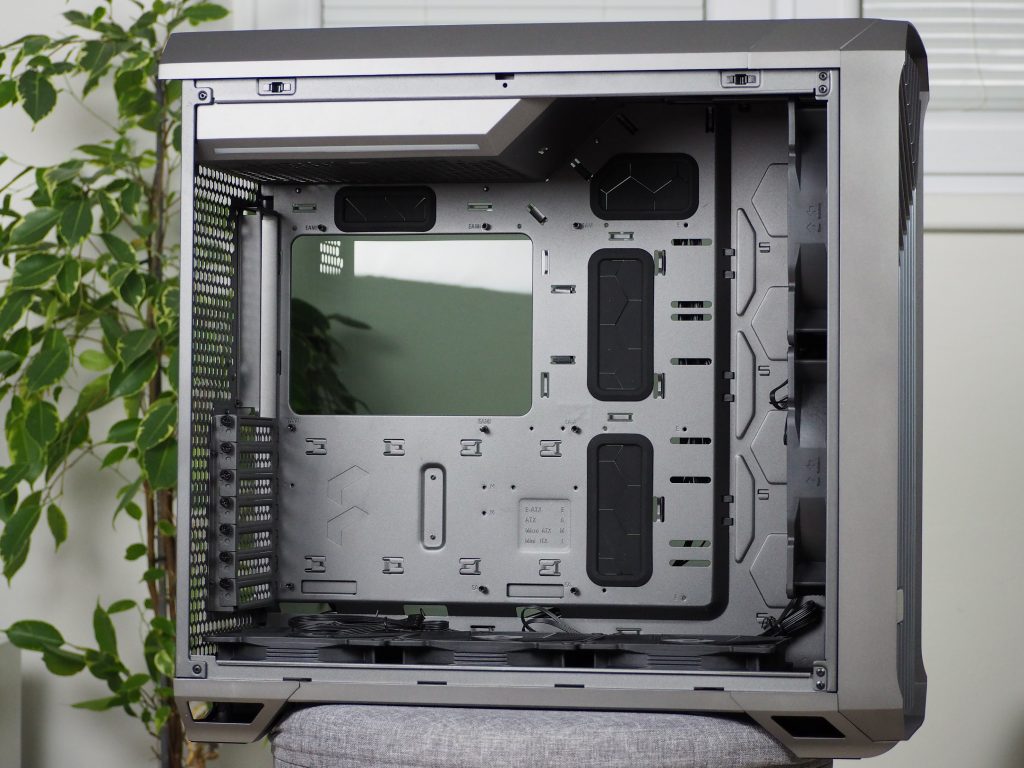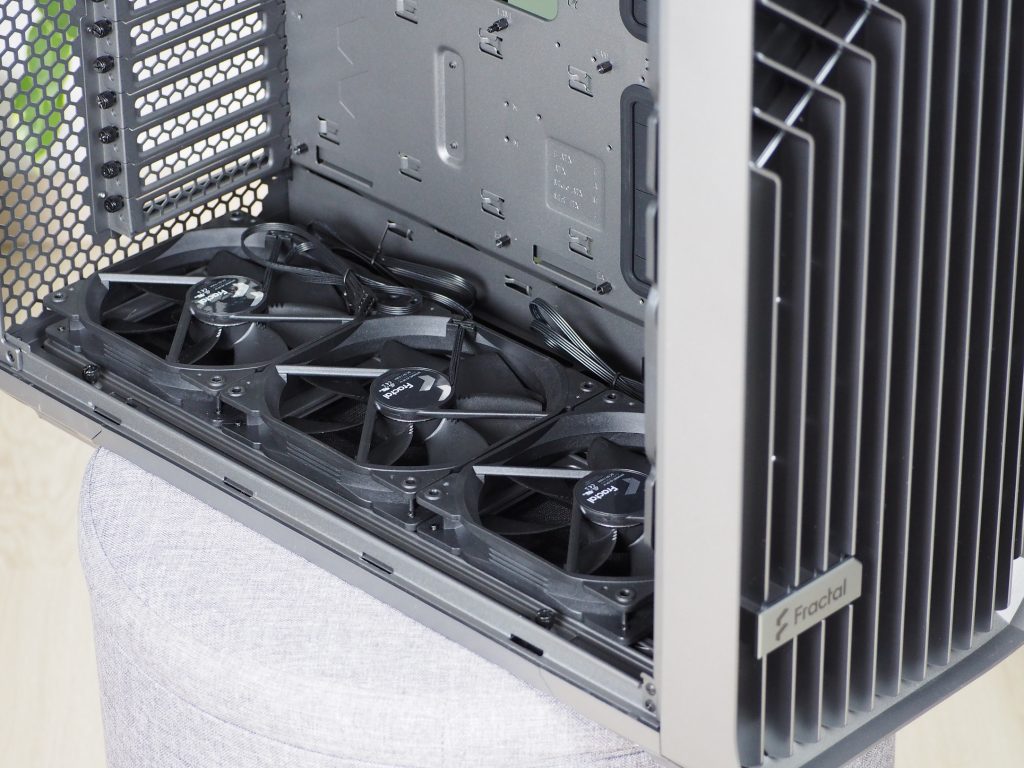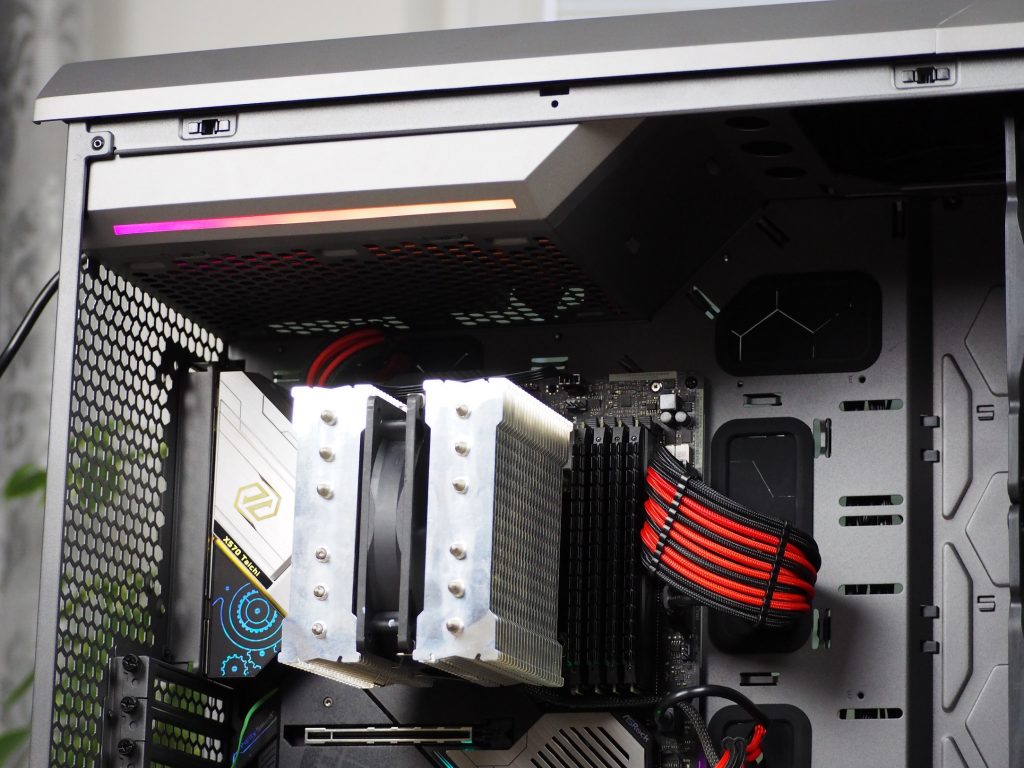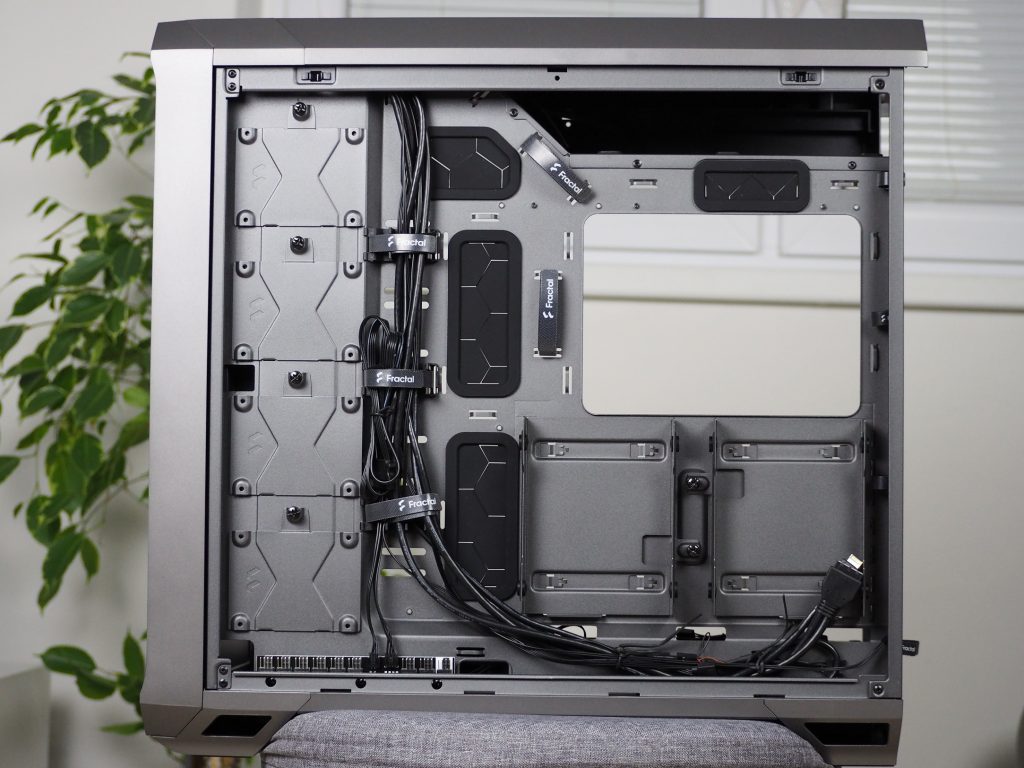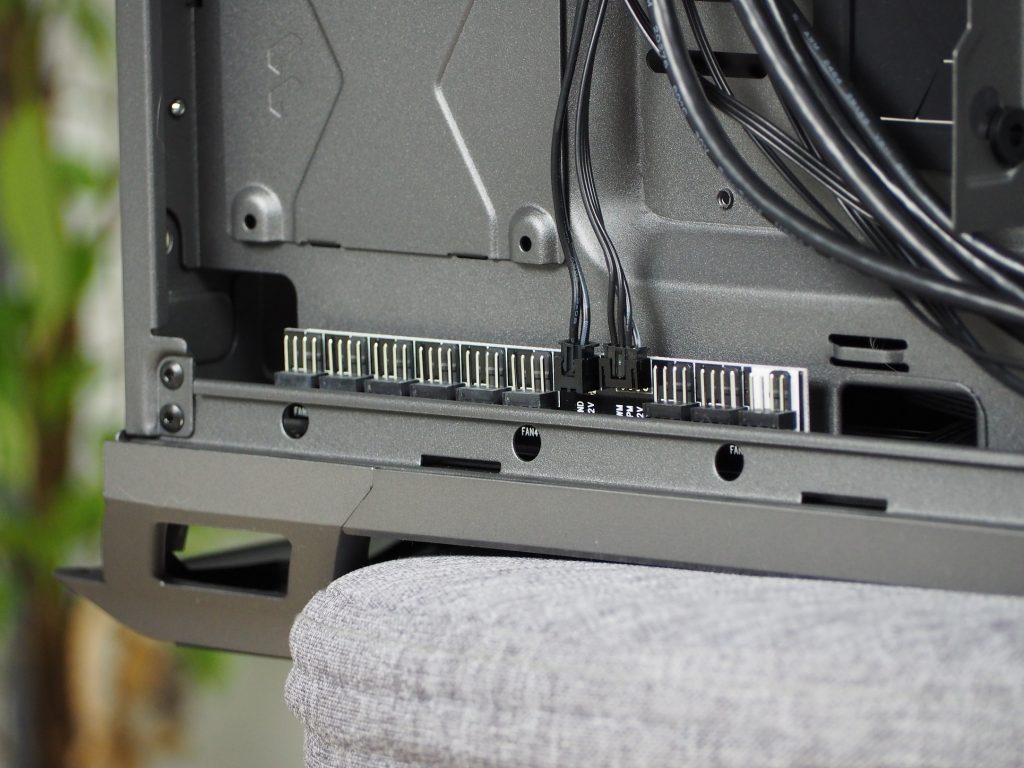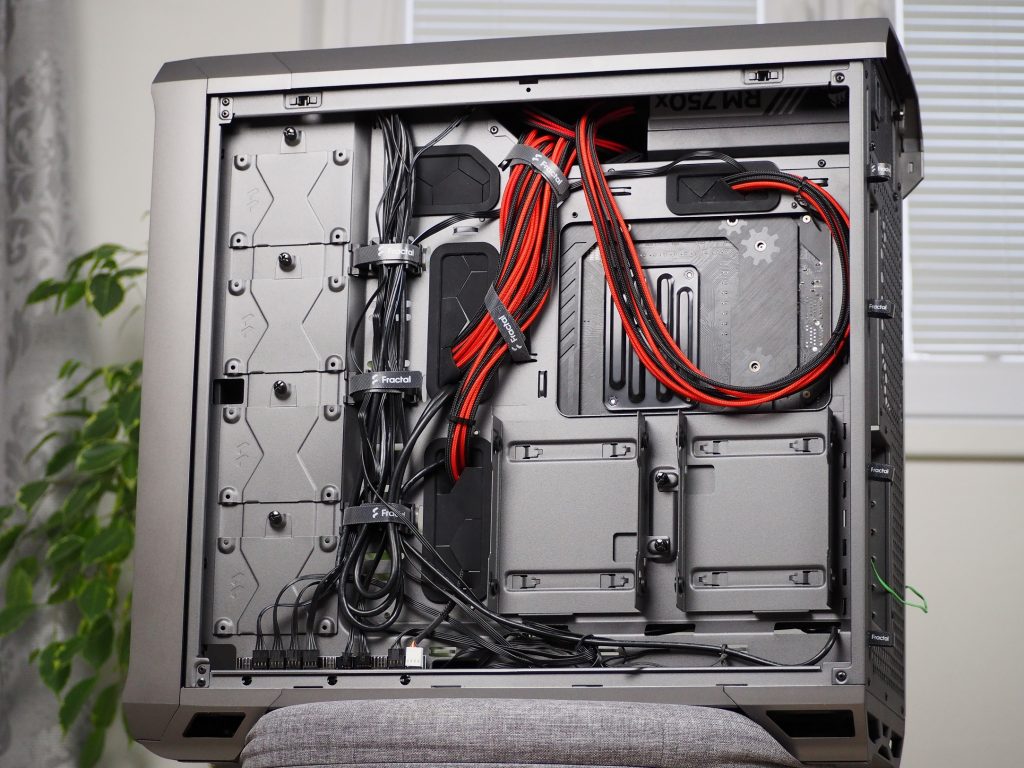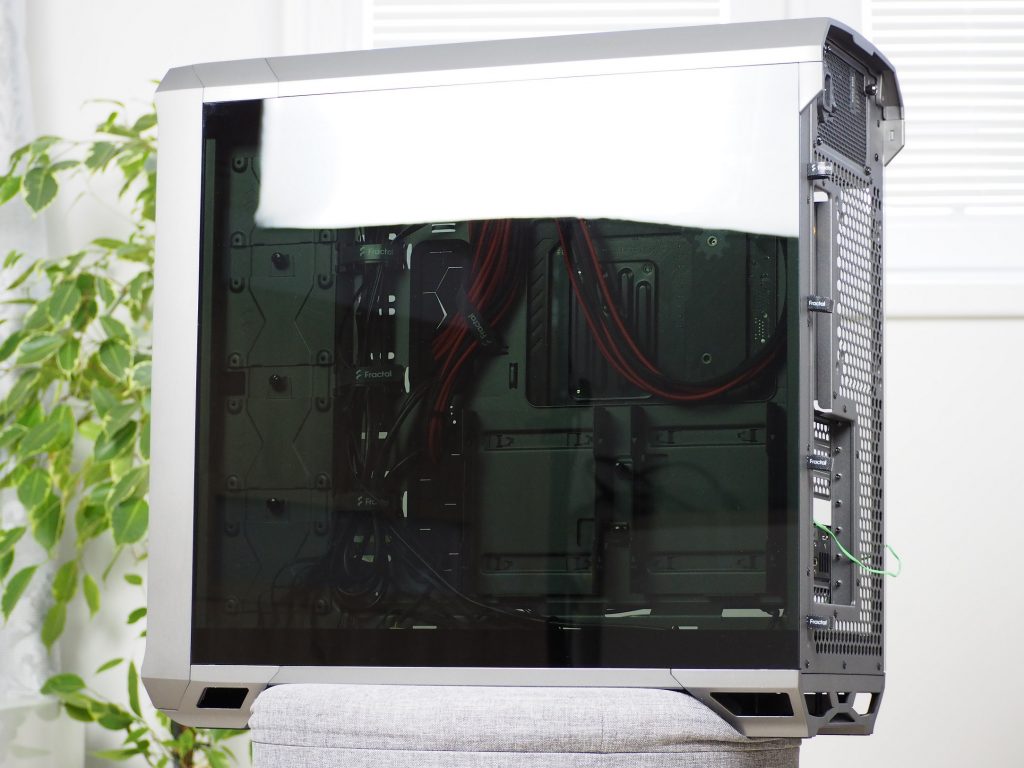Spacious interior
Recently, Fractal Design introduced the Torrent case, which primarily focuses on the best cooling possible. In addition to a significantly open shell, the case has up to five fans, two of which are oversized and thick. The Torrent thus operates with an extremely high air flow, even in a relatively large space. Therefore, it will be interesting to see in the tests how these layouts affect the temperatures and noise performance.
Spacious interior
The Torrent case with its dimensions of 544 × 242 × 530 mm is designed so that really large components can be installed in it. For mounting motherboards, risers for Mini-ITX, mATX and ATX motherboard formats are pre-installed. For less commonly used E-ATX motherboards, the risers must be additionally screwed in.
I like that the grommets for wiring are large and are fitted with rubber caps. Thanks to their larger size, you don’t have to worry about whether you’ll even get through the thicker 24-pin cables (typically with capacitors) to power the board. This was a pretty big problem with most previous cases. The large grommets make plugging in the EPS cable to power the processor really convenient. Even with graphics cards you won’t get wrinkles with this case. They can be accommodated up to a theoretical length of 461 mm (without the use of front fans), or up to the still unattainable 423 mm (with the use of front fans). The limit for the height of a tower-type CPU cooler is up to 188 mm, so no limitations either.
The accessory also includes a holder for larger and heavier graphics cards. Too bad some cards may be too short for the holder to support. The Asus RTX 2060 Super Dual we tested, at 267mm, was still at least a centimeter short of taking advantage of the support. You won’t even benefit from the support if you have the card mounted in one of the lower slots. But the design itself is partially height and length adjustable.
Three fans are pre-installed underneath, also from the Dynamic series, X2 GP-14. These suck in cool air at speeds from 500 to 1700 rpm. Airflow varies from 81 to 180 m³/h depending on the speed control. Their positioning is designed to better cool the graphics card, which we will show you in practical tests.
The upper part of the interior belongs to the power supply slot. This is angled into a more aerodynamic shape for better airflow through the storage. The bottom part is another perforation in the form of beehives, through which the power supply draws air for its own cooling. It might be interesting to compare the temperature in the PSU at different placements in the case, as the warm air rises to the top. I hope the designers have considered this fact and the cooling of the PSU will not be affected in any significant way. The decent strip of backlighting on the side of the power supply’s housing is powered and controlled via the motherboard’s (ARGB) connector.
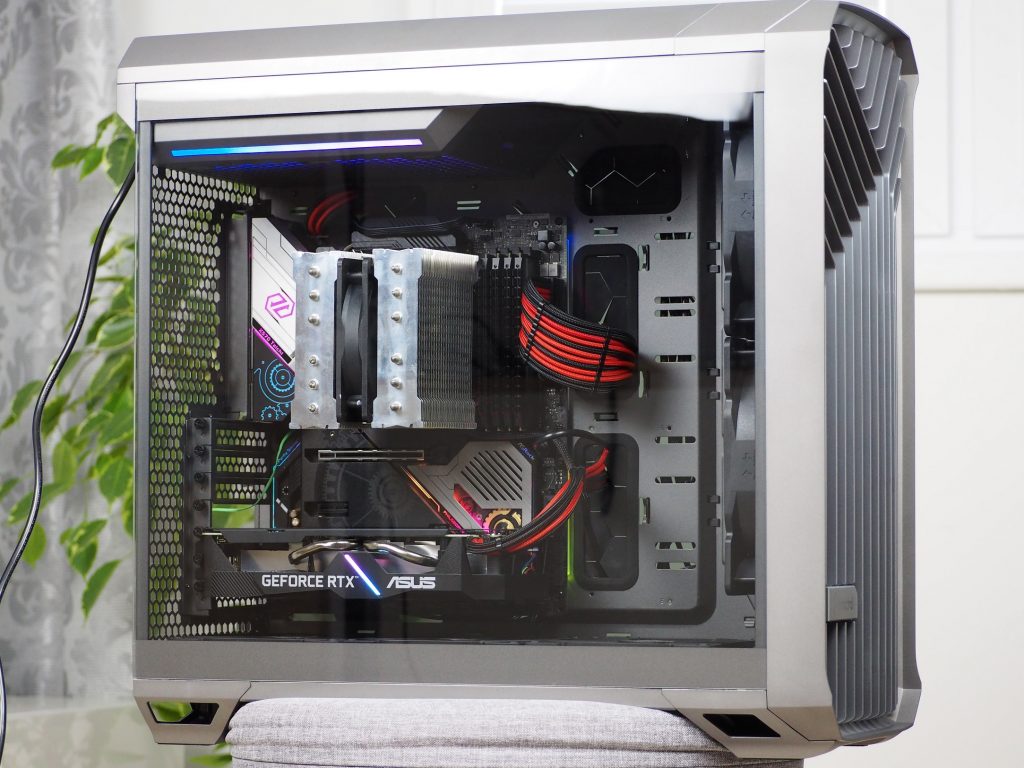
On the other side of the interior, you’ll find a huge amount of space for both cable management and storage. Four 2.5″ drive bays are located vertically on the left side. On the other side of the tray there are two slots for 3.5″ mechanical drives with the sides protected against vibration. The entire hardware is held together by 0.9 mm thick metal sheets. Thanks to this, the sheets do not bend. So far, this is the thickest construction that has passed through my hands. For cable management, you have 5 pieces of Velcro ties at the ready and twelve more free positions for additional cable attachment.
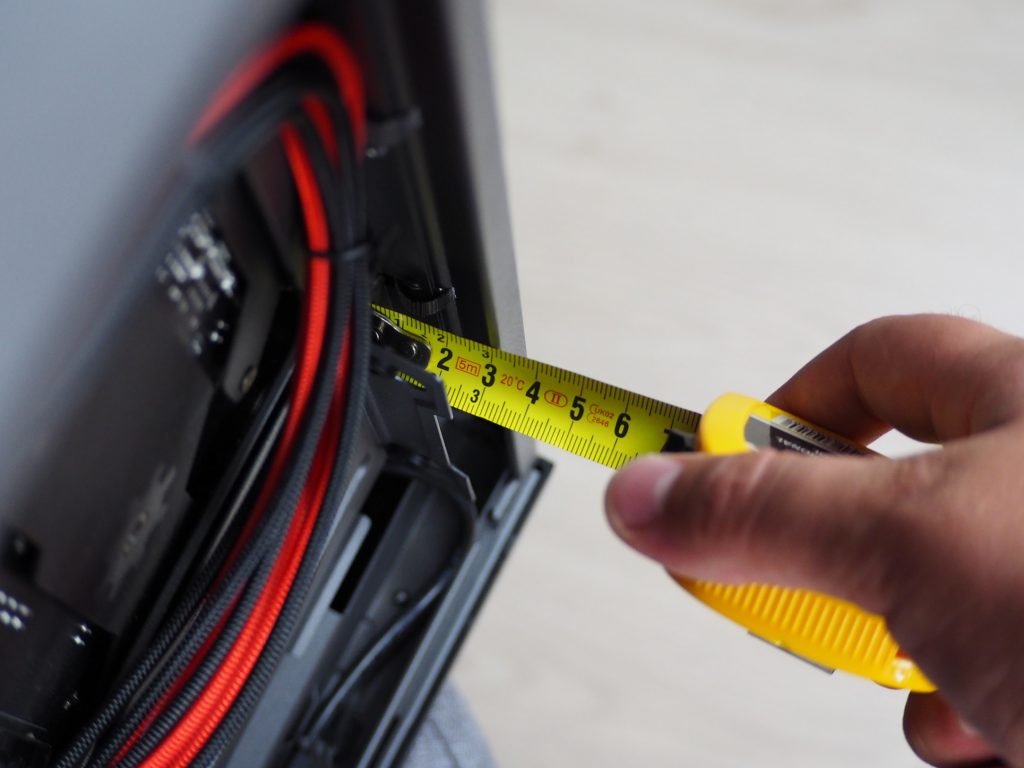
A new hub for up to 9 fans, called Nexus 9P Slim PWM, is factory fitted. You may have noticed that there was a “recall” action on it for the first batches produced due to high failure rate. Fracta Design took a fair approach and replaced all the defective pieces. We received one from a later batch and the hub is fully functional. It serves as a reduction for all the fans in the case, even the CPU one. It is powered directly from the power supply via a SATA cable, and according to the instructions, it is recommended to plug it into the CPU fan connector on the motherboard.
Positioning the cables to my satisfaction was not difficult although I struggled with the long fan cables for a while. The 180 mm diameter ones have a power cable up to one meter long.
- Contents
- Gappy exterior
- Spacious interior
- Test methodology
- CPU and GPU cooling tests
- Motherboard cooling tests
- SSD cooling test and heating underneath the ceiling
- Conclusion






